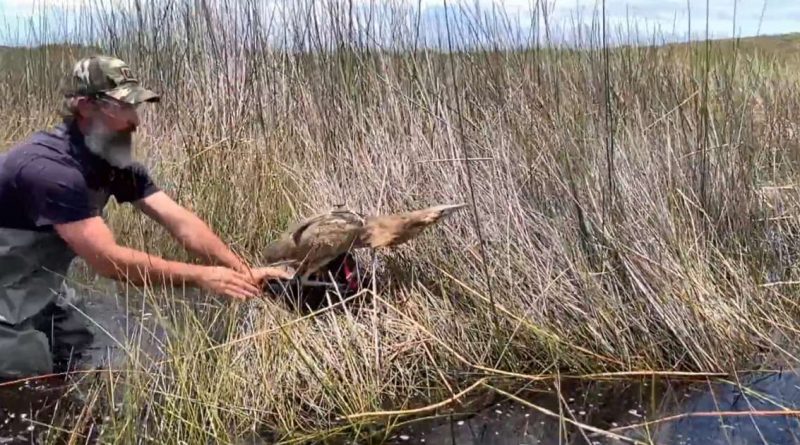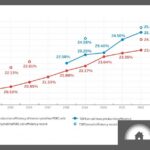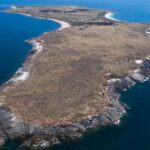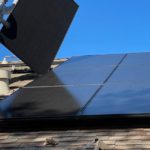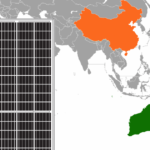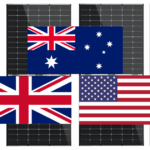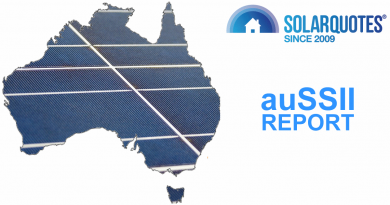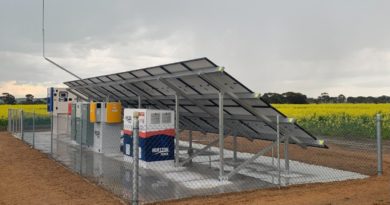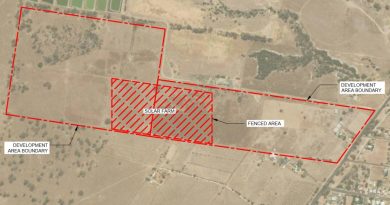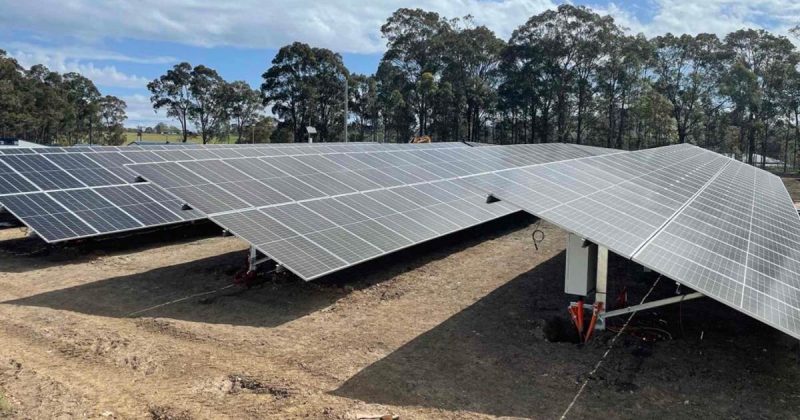Bushy The Australasian Bittern’s Solar Bling
![]()
![]()
Some of the habits of a secretive wetlands bird will soon be revealed with the help of solar power.
The Australasian Bittern (Botaurus poiciloptilus) is a member of the heron family. It is listed as Endangered or Vulnerable in the Australian states where it can be found (federally listed as Endangered), and listed as Endangered globally on the IUCN Red List.
As well as being rare bird, they are difficult to observe as the Australasian Bittern is semi-nocturnal and a master of camouflage. Its plumage blends in well with its habitat, and a trick of standing still with neck stretched and bill pointing skywards when alarmed makes it even harder to spot when among reeds. Not so much when it’s out in the open like this guy (but it’s a great shot).
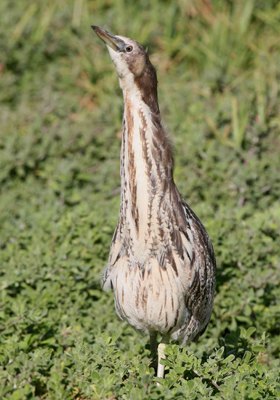
Image: BirdLife Australia
As good as its camouflage may be, this doesn’t protect the Australasian Bittern from loss and degradation of its wetland habitats – and that is the major threat pushing it towards extinction. But little is understood about their habits and movements within and between wetlands, and this information is vital.
Enter Bushy.
Bushy was captured in a wetland near Manypeaks, east of Albany in Western Australia. He’s the first of his species in WA to be fitted with a solar-powered transmitter that will record environmental conditions such as temperature, humidity and light intensity; plus flight data such as velocity and acceleration. This information will assist WA Department of Biodiversity, Conservation and Attractions (DBCA) scientists and Birdlife Australia understand more about the species in order to help better protect it.
“Information on Bushy’s movement will give researchers a previously impossible glimpse into the life of this rarely seen inhabitant of the wetlands of south-western Australia,” said Parks and Wildlife, Western Australia.
You can learn more about the Australasian Bittern here.
Solar To Help Keep Koalas Safe
Solar powered tracking devices can also provide a helping hand in the protection and understanding of other species.
It’s estimated around 3 billion animals were killed or misplaced by the 2019-20 bushfires in Australia; among them around 60,000 koalas.
As part of WWF’s Regenerate Australia program1, the organisation is financially supporting the development of solar powered VHF tags for koalas. The idea is tagged koalas will be located and taken into care when a large bushfire is approaching; then their progress tracked once returned to their habitats after the danger has passed and there’s enough regrowth for them to survive.
Koala ecologist Dr Romane Cristescu from the University of the Sunshine Coast and her team had already developed a device that works with Bluetooth, but Bluetooth signals have a very limited range – 20-30 metres. By instead using Very High Frequency (VHF) technology, a range of hundreds of metres can be achieved.
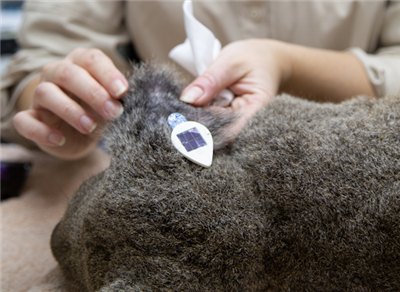

“The ear tags are light and because they’re powered by a solar panel there is no need for a battery which needs changing every six months,” said Dr. Cristescu. “We believe these ear tags will last for the life of the koala”.
Back in July, it was expected testing of a prototype tag would begin within a year.
These are just a couple of examples of the many amazing things that can be achieved with solar power tech in terms of environmental protection beyond displacing fossil fuels.
Footnotes
- Another aspect of WWF’s Regenerate Australia Program is Renewables Nation – the goal of which is to make Australia a renewable exports superpower through initiatives such as direct exports of solar electricity overseas via undersea HVDC transmission lines. ↩
Original Source: https://www.solarquotes.com.au/blog/solar-tracking-species-mb2297/

